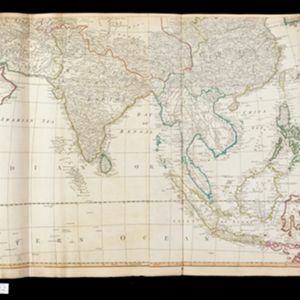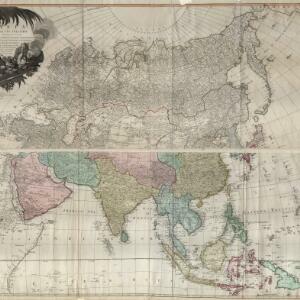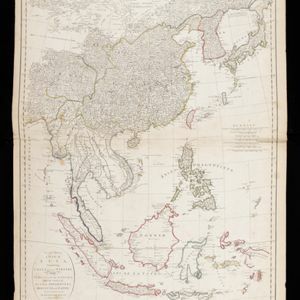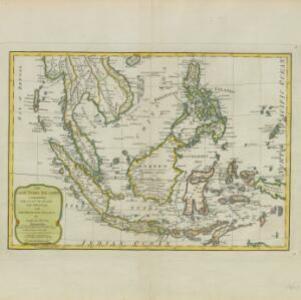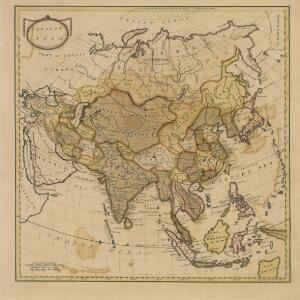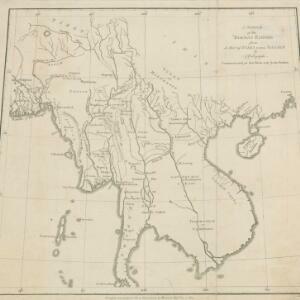
A sketch of the Birman Empire: from a Map of India extra Ganjem
1800
Cambodia, Laos, Myanmar, Thailand, Vietnam
This map from 1800 is by the Scottish cartographer Alexander Dalrymple, who was the first Hydrographer of the British Admiralty. It documents the river systems of the Birman Empire (Myanmar) and modern Thailand, Laos, Cambodia and Vietnam.

